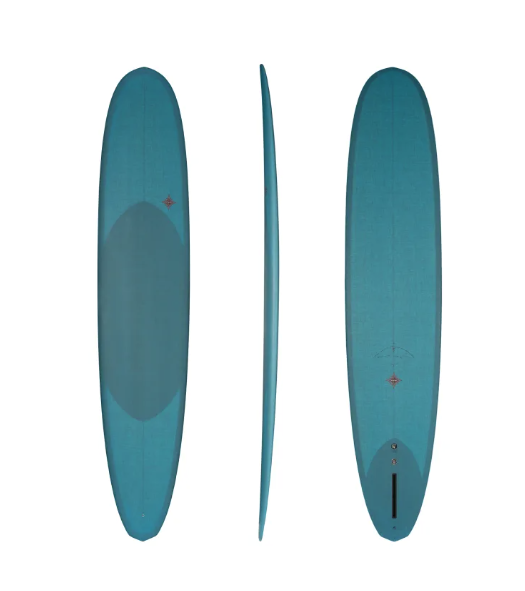Description
Wayne Rich – Checkmate – NFT – Single Fin
Game over; this board wins! The Checkmate is a take-no-prisoners, no-holds-barred, capture-your-king kind of longboard, so get ready to surf at the top of your abilities.
Designed by Wayne Rich to be quick off the bottom, nimble rail to rail, and powerful of the tail, the Checkmate is every bit a performance longboard. Fast wrapping turning in the pocket and hard down-the-line bottom turns are standard manoeuvres for this modern gal.
At the same time, a soulful outline meets a timeless bottom contour that rolls into a classic 60/40 longboard rail, resulting in a board that noserides, trims, and glides as lovely as any traditional log on the market.
While we can’t divulge all the Checkmate’s secrets, we can share that a hard edge is snuck into the board’s tail to deliver a controlled drive when cranking tight turns and a lite concave in the nose blends through the front third of the board allowing for lift and acceleration when hangin’ the piggies.
We suggest the Checkmate for all surfers looking to expand their repertoire of manoeuvres on a longboard. Originally designed for the Santa Barbara points, the Checkmate works best in long, drawn out walls head high and below but can be ridden up to a few feet overhead and at your local reef or beach break.
If you are an old-at-heart-dog looking to learn a few new tricks, the Checkmate is for you
| Dimensions | Volume |
| 9’2 x 22.5” x 3” | 69.5ltr |
| 9’6 x 23” x 3.13” | 75.9 ltr |
Natural Fiber Technology (NFT)
Natural Fiber Technology is not only made with natural composite reinforcements but it has an amazing natural feel. Half of the reinforcement by volume on these boards is made from naturally derived fiber such as flax and hemp. The other half is composed of E glass and the whole lot is layered up and vacuum bagged under pressure to maximize the bond and minimize any excess resin, allowing for an incredible strength-to-weight ratio. The natural fiber not only replaces a good chunk of what would otherwise be fiberglass but also improves dampening for a predictable, natural response. There is an elegance to the simple aesthetic of the layup that is matched only by its ride.
- FUSED CELL EPS CORE (DUAL-CORE W/PU RAILS) // Closed cell EPS core provides more response + Flotation
- CLEAR HD-EPOXY RESIN // Epoxy resin with high thermo-mechanical performances
- HIGH QUALITY E-GLASS FIBERGLASS // E-glass is the industry standard reinforcement as it has the most reliable strength and performance of all surf glass variations.
- NATURAL FIBER REINFORCMENT // Renewable, reliable, resilient, and real smooth.



